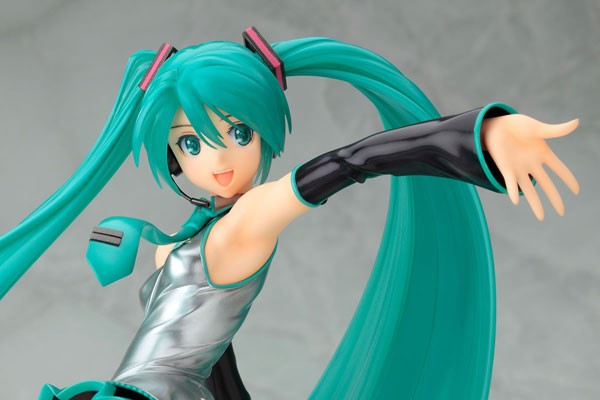 Not to be confused with American Idol, Japanese idols are the kawaii girls and guys that are plastered all over the ‘net. They are the singers, photo spreads, and other eye candy that sets Japanese pop culture (and increasingly internet pop culture) ablaze for a short time before making way for the next cute face.
Not to be confused with American Idol, Japanese idols are the kawaii girls and guys that are plastered all over the ‘net. They are the singers, photo spreads, and other eye candy that sets Japanese pop culture (and increasingly internet pop culture) ablaze for a short time before making way for the next cute face.
Brief History
Time for my typical brief history lesson. There will be plenty of idol eye candy (out of date, of course, thanks to the nature of Japanese idols) throughout this article.
Like the ramen craze, Japanese pop idols materialized in the 70s with, oddly enough, a french singer named Sylvie Vartan. Quickly, the word idol, which came from Ms. Vartan’s popular film Cherchez I’idole, pointed to kawaii actresses/actors and singers. Mostly teens, these cute girls and guys flared to a short stardom before disappearing. Some managed to make it as respected actors/actresses and singers, but most made their money and retired at a “ripe old age” as idols go.
Fast forward to the 90s, where skin was in. Particular looks came in vogue, and idols represented the perfect ideas of Japanese beauty. Idols also become younger than the usual 16-18 years age. Net idols also appeared along with virtual idols. Although it wasn’t until 2007 when Hatsune Miku became a full idol.
Creep Factor
Japanese idols have a lot of creepiness surrounding them. They are oogled by both guys and girls as being the model of beauty. Female idols have girls who try to look like them, and guys who want to be with them. Male idols have guys who try to look like them, and girls who want to be with them. It is pretty fair in that regard.
However, the guys who obsess with female idols can be creepy.They want all the details about her, and sometimes even fall in “love” with her. Details included in Japanese idol spreads include measurements, favorite foods, hobbies, and blood type. Interestingly, it doesn’t matter if these are fabricated or not. It is all part of the fantasy. The media even sells pillows with photos of a favored idol…for extra fantasy creepiness.
The Net and Virtual Idol
Japanese idols of all sorts (including…uh…less than family friendly) are on the net. These Net Idols lack the separation from regular idols they had in the 90s. They can have longer runs since they can doctor photos and appearances easier than those who show up on live broadcasts. They can also carve out a dedicated following because internet technology allows them to directly interact with their fans.
Hatsune Miku, Vocaloid, is a virtual idol that also gives “live” concerts as a hologram. She is considered an international star.
Idle Idols
Blah, blah, blah. The idol photo spreads are coming.
Japanese idols are not the idle look-nices they used to be. They are J-pop artists, anime voice actors, drama stars, and more. Idols also don’t have to be handsome or beautiful. Sometimes a fresh face is more popular than a gorgeous if he/she has a bubbly likableness.
Anime theme songs are performed by idol bands or singers.
Being a Japanese idol has the potential to launch a career, but it can also burn out a star as the idol enters their adulthood. Idols hold a special place in the rigid Japanese culture as a kind of release valve for obsession and childlike enjoyment. They represent a more free way of living; even though the reality of long work schedules makes most idols less free than the fan.
America, too, has our idols. They burn just as short and brightly as the Japanese idols. Idolatry is by no means a purely Japanese obsession. Korean and Japanese idols seem to cross over pretty frequently.
And finally, here is a little eye candy. Most of what is online is for adult video idols, which are a sub-branch of ‘net idols. I avoid those since this is a somewhat general audience blog. However, even more mainstream idols show a fair bit of skin in photo spreads.















The last picture is a picture of C.N. Blue, they’re a pretty awesome Korean Band. I wonder if Japanese fans are as creepy/scary as korean sasaengs are? Sasaengs will stalk their bias, day, night, rain, snow or shine. Creepy eh?
Not to mention what they give their idols as presents …but that’s not for the faint of heart..
I knew the last group was Korean, but there is so much cross over between Korean and Japanese pop culture I thought to include them. I’ve heard of Japanese fans who do the same with their favorite idol.